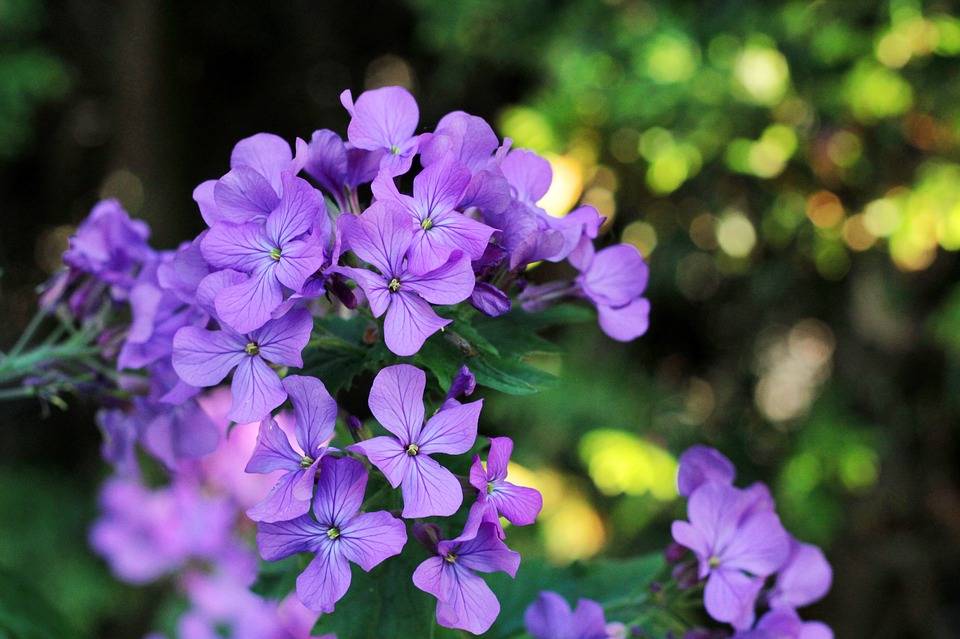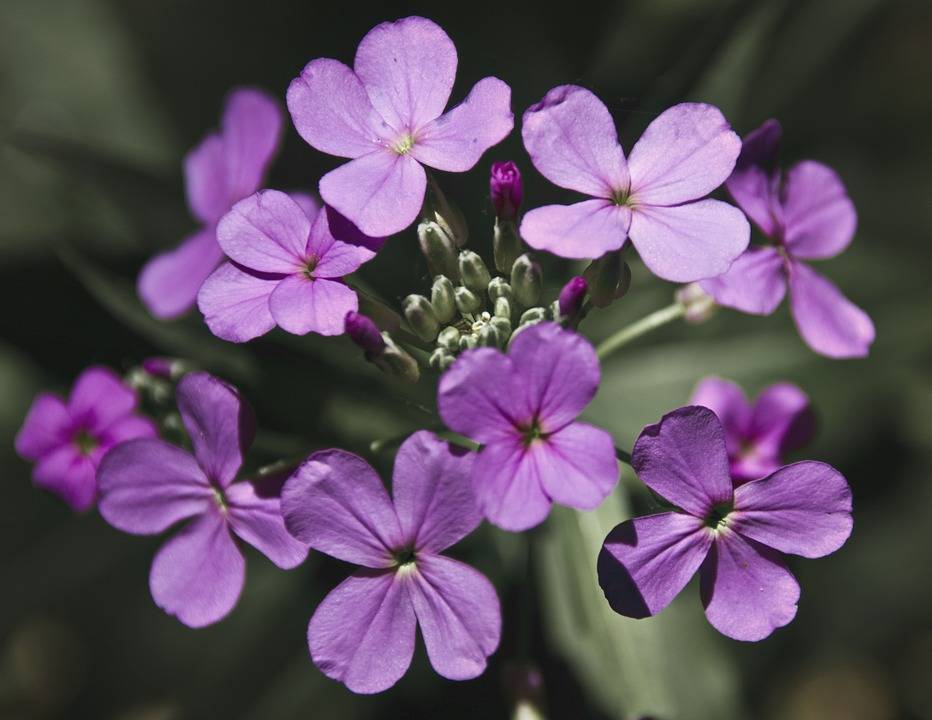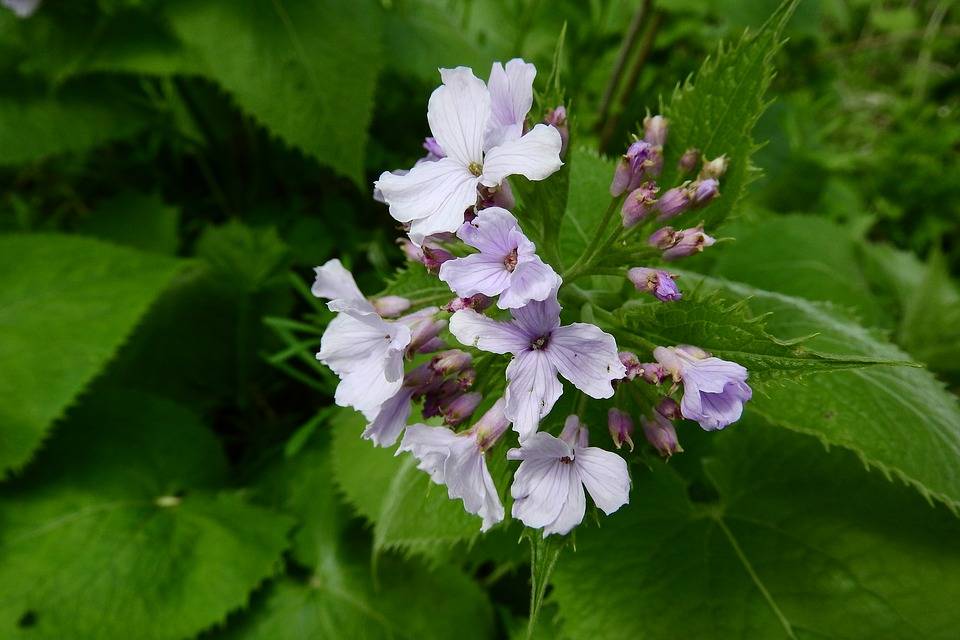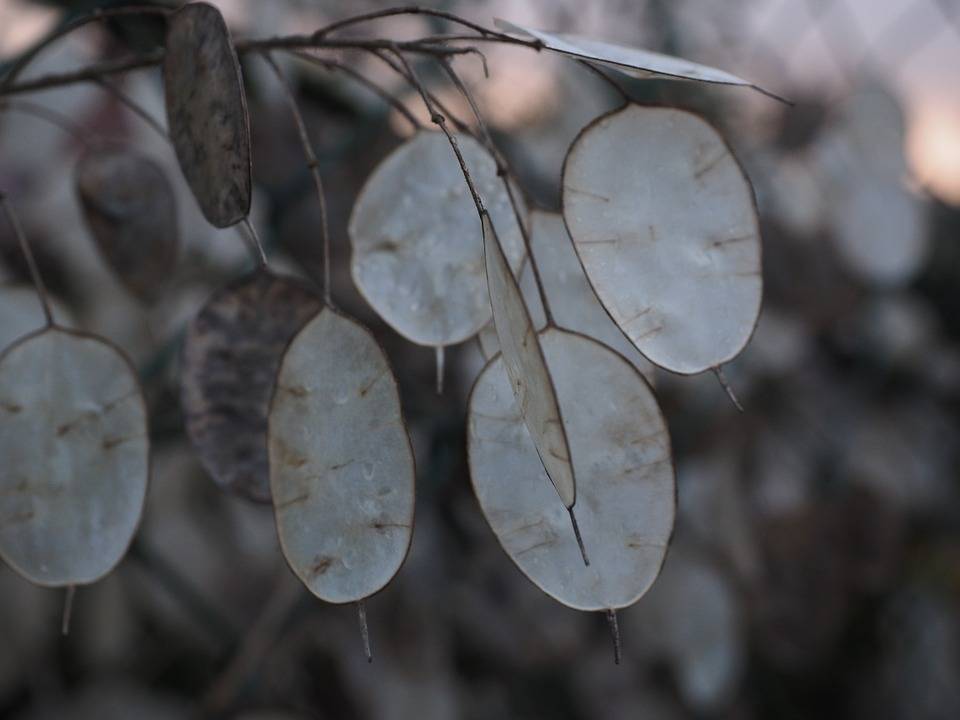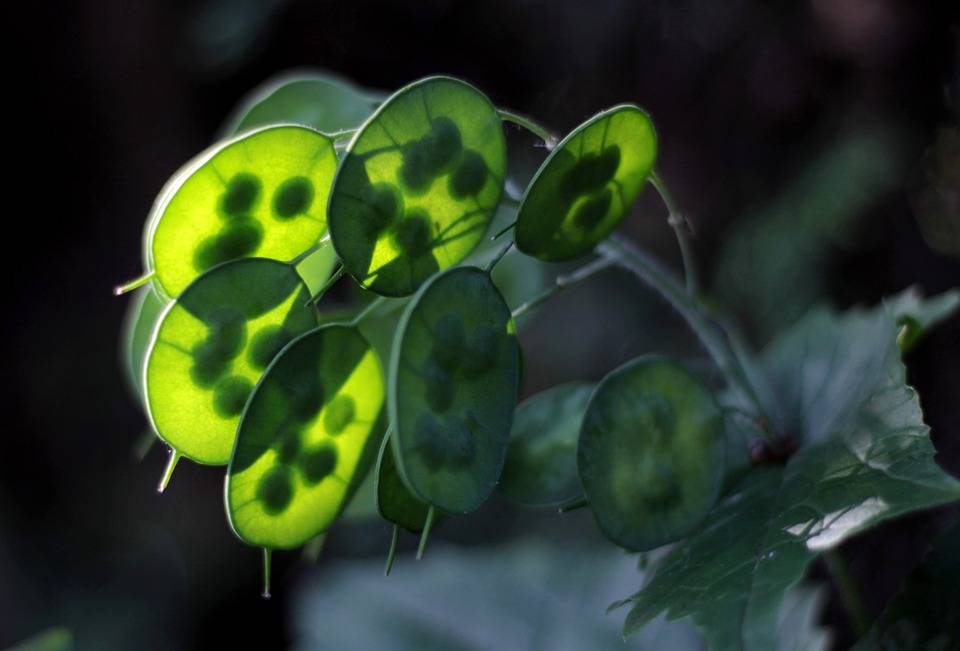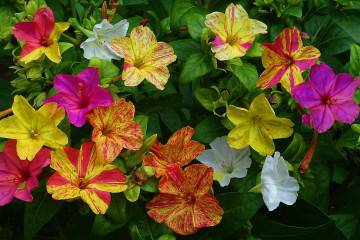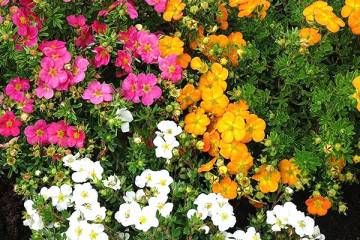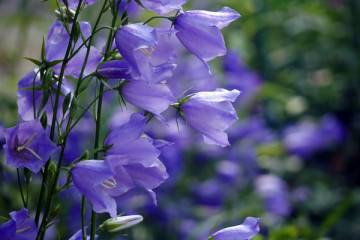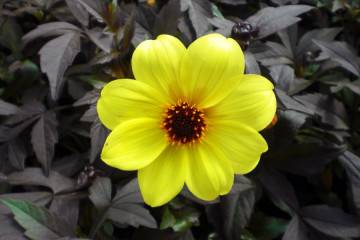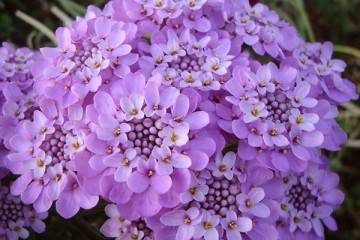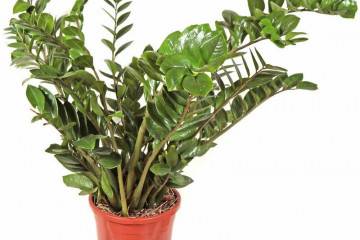Lunar flower - annual and perennial plant species
Content:
Lunnik is a discreet flower, but it fits very organically into all kinds of landscape compositions in any area. Designers and gardeners love it for its ruggedness and endurance.
What does a lunar look like
Lunar (lunaria) is a representative of the genus of herbaceous perennial plants of the cabbage or cruciferous family. The botanical name comes from the Latin word luna, which is translated as "moon". The plant was so named due to the fact that its fruits are similar in shape to the full moon. The flower has a strong immunity to diseases and pests. Due to these qualities, the culture is popular among flower growers.
The southeastern part of Western Europe is considered the homeland of the Lunarians. On the territory of Russia in the natural environment, it does not occur.
The genus of the lunar is not numerous. There are only two types of this plant:
- Lunaria annua is an annual lunar. It grows up to one meter in height. It has oblong heart-shaped leaves. Some varieties have a white border on the leaves. Low-decorative flowers can be white, purple, blue. They have a very pleasant aroma. Lunaria annua blooms from May to June. Europeans call its fruits "papal coins".
- Lunaria rediviva is a reviving or perennial lunar. This is a rather rare plant. Its habitat is gradually decreasing. It has an erect stem from 30 to 100 cm high. Petiolate, cordate-toothed dark green leaves are covered with small hairs. The flowers are usually quite large. They are collected in paniculate inflorescences, from which a sweetish but pleasant aroma emanates. Petals up to 14 mm long are white or purple. The reviving lunaria blooms from April to June. Then fruits are formed - drooping elliptical pods. Perennial lunaria lives near rivers, lakes and forests, where conifers mostly grow.
Most popular varieties
Lunaria has many varieties, which allows you to decorate with this plant areas of different types. Gardeners prefer:
- Perpl. This variety is characterized by lilac flowers.
- Alba is an annual plant with beautiful white flowers.
- Variegata is a variety that has pink-lilac buds.
- Manstead Purple has a strong aroma and purple flowers.
- Elongata is a spectacular variety that is quite rare in nature.
- Telekiana is also a rather rare flower.
How the lunar reproduces
Annual lunaria reproduces by seeds. The revived lunar is a perennial plant, so it can still be propagated vegetatively. The darkest and largest seeds are selected before sowing. They are sown in the ground in May or early June, keeping the distance between future plants 30-35 cm. Seedlings appear in 7-10 days. In August, young plants can be transplanted to another location if necessary.
When a perennial propagates, the seeds are sown in the ground in late autumn, under the snow. Seedlings appear in spring: late March or mid-April. Young shoots should be protected from direct sunlight.Closer to autumn, the plants will get stronger, and some may even bloom. In general, all the bushes of perennial lunaria bloom in the second year of life. Further reproduction occurs by self-seeding.
To get seedlings, seeds should be sown in March in a container or greenhouse. At the end of May, the seedlings will already be quite strong, so they can be transplanted to a permanent place.
With the vegetative method of reproduction, the root of the perennial lunar is divided. To do this, an adult plant is dug up and its root is cut into pieces. Delenki are immediately planted in prepared soil. This should be done in the month of August.
Care features
Lunaria is an unpretentious plant, so it does not require special care. She doesn't even need watering (unless a drought sets in). In too wet soil, the roots of the lunar begin to rot, and the plant itself withers. It is better to grow it in shaded areas. Indeed, in nature, he most often lives in the shade of trees. In direct sunlight, the plant withers, its leaves turn yellow, the appearance of flowers and fruits deteriorates.
The annual lunar can grow on any sufficiently fertilized soil. Perennial prefers a well-drained and humus-fertilized soil, slightly acidic or with neutral acidity. If necessary, you can add a little lime to the soil.
For better development of lunaria, it is necessary to periodically loosen the soil in the garden bed where it grows and remove weeds. Once a month, it can be fed with organic and mineral fertilizers. Strongly overgrown stems are best tied up so that they do not break in strong winds.
Perennial lunar does not need shelter for the winter, except for frosty winters without snow. An annual in the first year of life forms a fragile rosette, which should be insulated with spruce branches or fallen leaves.
When and how it blooms
The paniculate inflorescences of Lunaria have a fragrant aroma that attracts bees. The buds begin to bloom at the end of May. Flowering lasts approximately four weeks. When it is completed, spectacular fruits appear - large pods of a round or elliptical shape, flattened from the back. The pod sits on a stalk 1.5 cm long. It contains several flat seeds with leathery wings. Thanks to such seeds, the plant reproduces very well by self-sowing.
Use in landscape design
On a personal plot or in a city park, you can use the following planting option: the space around the flower bed is covered with pebbles or gravel, since the decorative merits of the lunaria look very beneficial against their background. Moon grass in a flower bed is planted with geraniums, barley, fennel.
The Moorish lawn looks very impressive, on which lunaria grows together with meadow grasses: clover, chamomile, cornflowers. A harmoniously yellow moon flower looks in the company of angelica, aster, tansy, thyme, feather grass, forget-me-nots, daisies, bells
Useful properties of moon grass
The chemical composition of the lunar has not yet been studied, but its seeds have a calming and diuretic effect.In the old days, water infusions of seeds were used to treat seizures in children, as well as for epilepsy, dropsy, edema. Now the plant is not used as a medicinal product.
Possible growing problems
Lunar immunity is resistant to many diseases and pests. Despite this, flea beetles, aphids and a cabbage butterfly can be found on the plant. For pest control, it is recommended to use insecticides such as Signum or Calypso. The plant must be sprayed several times, observing an interval of one to two weeks.
Fungal infections are very rarely affected by the lunar grass, but if this happens, it must be treated with a fungicide. All parts of the plant affected by the infection should be cut and burned.
Lunnik is gaining popularity among professional florists and novice gardeners. After all, this plant, for all its unpretentiousness, has a mysterious charm and attractiveness. Its bloom and pleasant aroma can create a festive mood in any garden.


